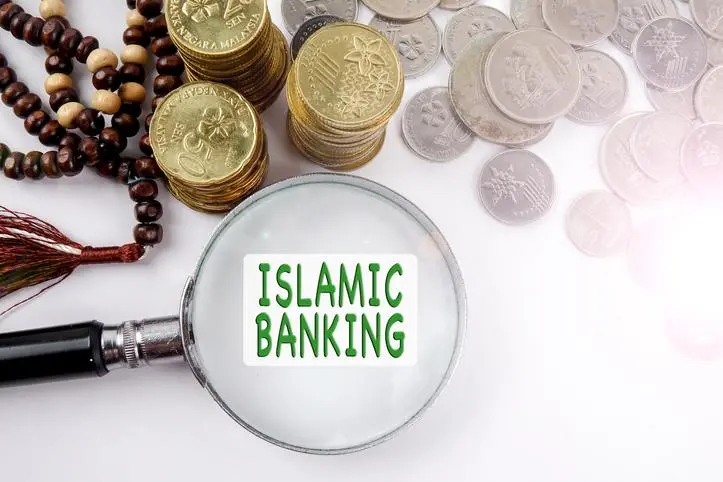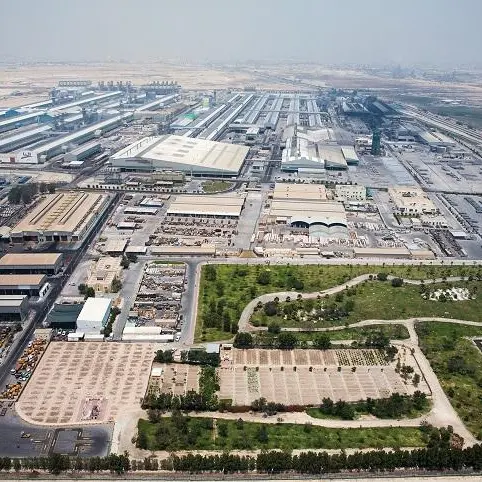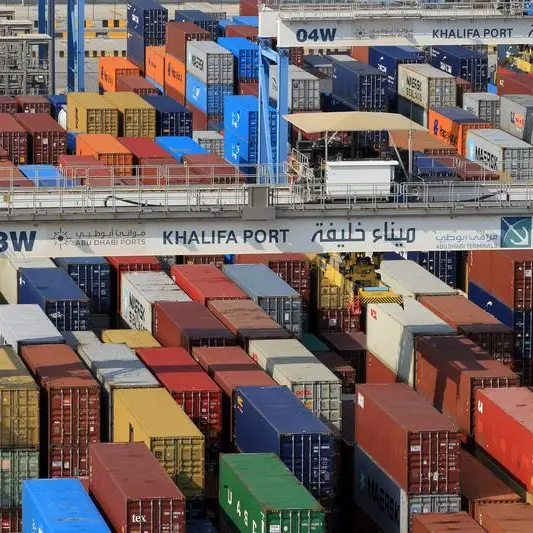PHOTO
Islamic banking, bonds and insurance are set to benefit from supportive government policies in many countries, as well as strong demand, despite the challenges posed by the coronavirus pandemic, Moody’s said in a new report.
"We expect Islamic finance to continue rising in 2021 and beyond, maintaining its now long-established growth trend. The industry generally remains underrepresented in countries with large Muslim populations, providing ample room to expand," said Ashraf Madani, Moody's vice president and senior analyst.
Islamic financing asset growth will moderate but still outpace the growth in conventional assets, underpinned by sovereigns' continued strategic objective to grow, as well as sustained demand for Islamic products from bank customers.
Sukuk issuance is expected to stabilise after a record in 2020 and five consecutive years of growth. Issuance grew by 15 percent in 2020 to $205 billion, driven by large sovereign funding needs during the pandemic and drop in oil prices.
“We expect issuance to consolidate around $190 billion to $200 billion in 2021, supported by GCC sovereigns' high financing needs, as oil prices remain moderate and fiscal deficits remain wide, and as the sovereigns raise the share of sukuk in overall debt,” the report said.
Corporate issuance will remain limited because there are more attractive conventional market opportunities, while new issuers will support the ongoing growth in sukuk issuance in the financial institutions sector.
Growth prospects in Islamic fund assets and insurance (takaful) remain strong, the report said. Growth in global Islamic funds under management will continue at an estimated annual rate of 4 to 5 percent in 2021 to 2022.
“Similarly, we expect that takaful premiums will keep growing moderately in the next two to three years, propelled by demand and supported by conducive digitalisation and regulatory improvements.”
The Gulf Cooperation Council (GCC) region and Malaysia remain the key markets and driving force behind growth in the Islamic finance industry.
Penetration in the GCC in the past decade rose to reach 45.7 percent in September 2020 from 32 percent in 2009.
Saudi Arabia was the main contributor to this growth, although there were similar trends in other GCC countries as well.
Overall, the core Islamic finance markets benefited from increased demand from consumers, which powered strong financing growth of around 8.1 percent in compound annual terms in the last three years, compared with a 6.2 percent increase in conventional bank financing.
Mergers
Mergers between Islamic and conventional banks in the GCC, where surviving entities are Islamic banks, could also drive one-off increases in assets.
In the GCC, there has been a flurry of acquisitions and consolidations in the past few years and the trend accelerated in 2020 amid lower oil prices and deteriorating economic conditions.
In several cases, Islamic banks are acquiring conventional banks and emerging as the surviving entity, substantially adding to their asset bases.
All merger and acquisition (M&A) transactions in the GCC in 2020 involved at least one Shariah-compliant bank.
Saudi Arabia, Malaysia and the UAE remain the largest markets for Islamic finance globally.
Overall, Saudi Arabia remains the largest market for Islamic finance globally, with financing assets rising to $361 billion as of September 2020 from $323 billion in December 2019.
(Writing by Brinda Darasha; editing by Cleofe Maceda)
Disclaimer: This article is provided for informational purposes only. The content does not provide tax, legal or investment advice or opinion regarding the suitability, value or profitability of any particular security, portfolio or investment strategy. Read our full disclaimer policy here.
© ZAWYA 2021










